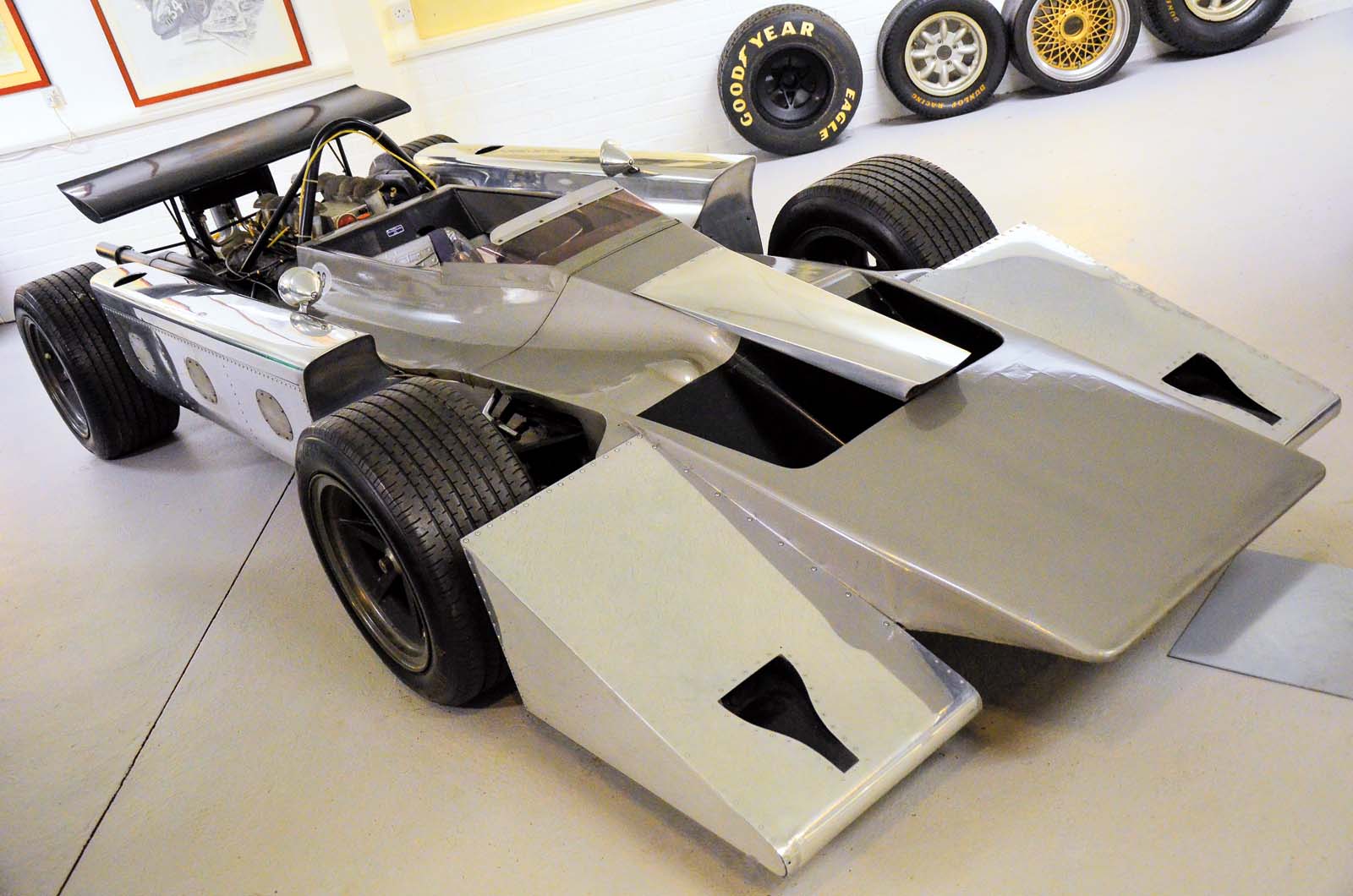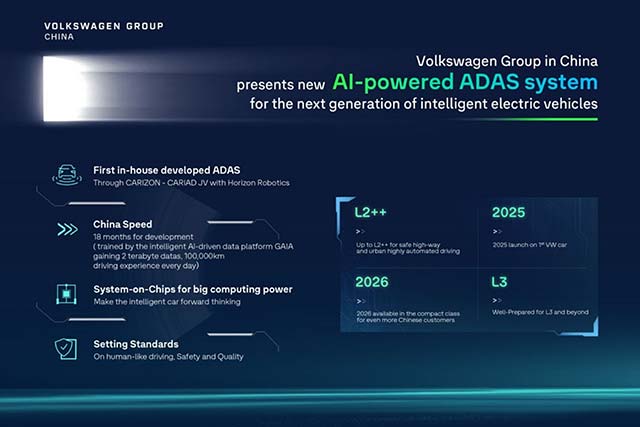Streamlined Phase Transition and Reaction Compensation in Hybrid Evaporation‐Solution Deposited Inverted Perovskite Solar Cells
Advanced Energy Materials, Volume 15, Issue 15, April 15, 2025.

The efficiency of perovskite solar cells fabricated using the evaporation method is often limited by incomplete reactions and small grain sizes. The combination of guanidine thiocyanate and methylammonium iodide in the precursors addresses these challenges. The resulting hybrid evaporation-solution-processed perovskite solar cells achieve a remarkable efficiency of 24.72% with a low open-circuit voltage loss of 0.377 V.
Abstract
Perovskite solar cells (PSCs) represent a promising technology for next-generation photovoltaics, yet scaling up from laboratory to industrial production via the solution spin-coating method encounters significant challenges. Vacuum deposition offers a potential alternative but struggles with controlling perovskite phases and ensuring sufficient precursor reactions. Here, the study presents a hybrid evaporation-solution approach using a large cation-based pseudo-halogen anion salt (guanidine thiocyanate) and a compensating cation salt (methylammonium iodide) as co-additives to finely modulate the phase transition process. This approach eliminates the need for intermediate-phase transitions, promotes sufficient precursor reactions, and facilitates the formation of highly oriented α-phase perovskites prior to annealing. Consequently, it prevents detrimental δ-phase formation, yielding enlarged, homogeneous perovskite grains with significantly reduced defects. The resulting p-i-n-structured PSCs achieve a maximum efficiency of 24.72% and a low open-circuit voltage loss of 0.377 V, coupled with significantly improved stability. The work integrates the advantages of vacuum deposition and solution processing, providing new insights into perovskite phase transitions and paving the way for the efficient, scalable production of high-performance PSCs.







































































































































































